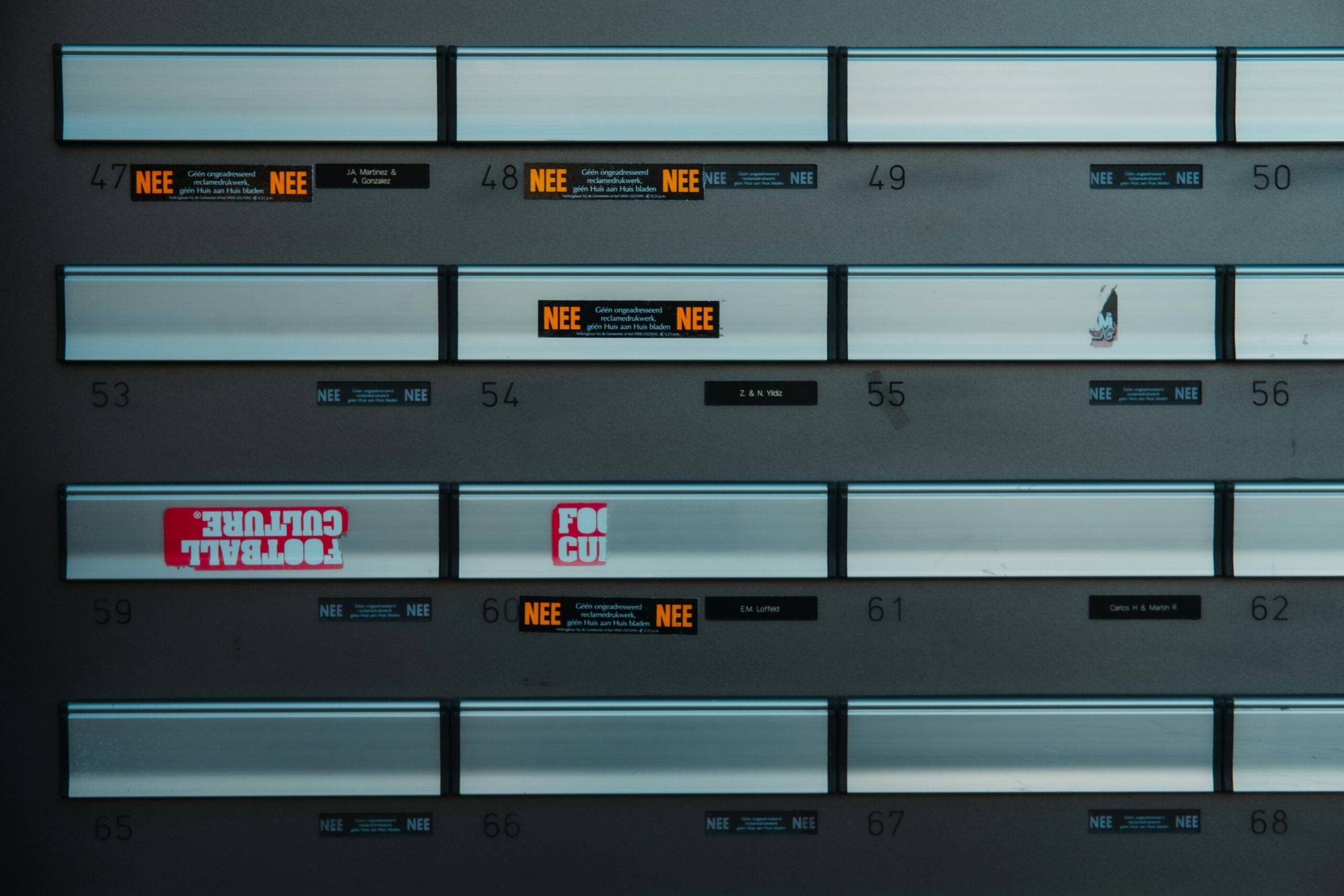Hook: Did you know that hackers launch a cyberattack every 39 seconds? That’s like your microwave beeping while reheating leftovers—annoyingly frequent and impossible to ignore.
In the wild west of cybersecurity, staying vigilant is no longer optional. This post dives deep into continuous vulnerability scans, a critical practice for safeguarding your digital assets. You’ll learn why they matter, how to implement them, and tips to avoid common pitfalls (spoiler: it’s not as simple as clicking “scan”). Oh, and there might be some spicy rants about IT teams who think firewalls are still the ultimate defense.
Table of Contents
- Why Continuous Vulnerability Scans Matter
- Step-by-Step Guide to Implementing Scans
- Tips & Best Practices for Effective Scanning
- Real-World Examples
- Frequently Asked Questions
Key Takeaways
- Continuous vulnerability scans help identify threats in real time before attackers exploit weaknesses.
- A strong cybersecurity posture requires regular updates, automation tools, and employee training.
- Ignoring this process can lead to costly data breaches and damaged trust with clients.
Why Do Continuous Vulnerability Scans Matter?
Remember the infamous Equifax breach back in 2017? Hackers exploited an unpatched vulnerability, exposing sensitive data from nearly 147 million people. Could continuous vulnerability scans have prevented it? Absolutely.
Optimist You: “If only more companies had scanned their systems regularly.”
Grumpy Me: “Yeah, instead, we’re stuck dealing with yet another ‘data apocalypse.’ Ugh.”

How to Set Up Continuous Vulnerability Scans
Buckle up, because here’s your foolproof guide to implementing continuous vulnerability scans:
Step 1: Assess Your Current Systems
Taking stock of your existing infrastructure is like spring cleaning for tech. What software versions do you use? Are any outdated plugins lurking in the shadows? Be brutally honest.
Step 2: Choose the Right Tools
Investing in automated scanning tools like Nessus, Qualys, or OpenVAS can save hours—or even days—of manual work. They’re basically your Roombas for finding bugs.
Step 3: Automate Everything
The word “continuous” isn’t just fluff; it means automating these scans so they run without fail—daily, weekly, monthly, whatever fits your risk tolerance. Manual checks aren’t cutting it anymore, friends.

Tips and Best Practices for Continuous Vulnerability Scans
- Prioritize Patching: Once vulnerabilities are identified, patch them immediately. No excuses!
- Stay Compliant: Ensure your scans align with industry regulations like GDPR or HIPAA.
- Employee Training: Humans are often the weakest link; train staff on phishing scams and weak passwords.
Warning: Don’t fall for the “set it and forget it” trap. These scans require monitoring and follow-through. Otherwise, they become digital window dressing—nice to look at but utterly useless.
Real-World Example: How One Company Dodged Disaster
A financial services firm was routinely running continuous vulnerability scans when they detected unusual activity tied to a zero-day exploit. Thanks to their proactive measures, they isolated the threat within hours and avoided what could have been catastrophic losses.

Frequently Asked Questions About Continuous Vulnerability Scans
Q: How often should I perform these scans?
A: Daily is ideal, but weekly scans are also acceptable depending on your organization’s size and complexity.
Q: Can small businesses afford vulnerability scanning tools?
A: Yes! Many affordable open-source solutions exist, such as OpenVAS. Start small and scale up as needed.
Q: What happens if my scan detects a vulnerability I can’t fix right away?
A: Isolate affected systems until patches are applied. Inaction isn’t an option!


